2025-12-26T23:00:00-07:00
* WHAT...Snow expected. Total snow accumulations between 6 and 10 inches, with isolated amounts 10 to 15 inches at the highest elevations. Winds gusting as high as 45 mph. * WHERE...Wind River Mountains West, Absaroka Mountains, Teton and Gros Ventre Mountains, and Salt River and Wyoming Ranges. * WHEN...From 5 AM to 11 PM MST Friday. * IMPACTS...Travel could be very difficult, especially across mountain passes. * ADDITIONAL DETAILS...Snow totals up to 6 inches on South Pass, 5 to 10 inches on Togwotee Pass, and 5 to 10 inches on Teton Pass.
Summary
With an impressive elevation of 12,605 feet (3,842 meters), it stands as one of the highest peaks in the Teton Range. This majestic mountain boasts a significant size, with a vertical rise of over 5,000 feet (1,524 meters) from nearby Jackson Lake.
During the winter season, Mount Moran receives substantial snowfall, contributing to its reputation as a challenging destination for mountaineers. The snowpack range varies depending on the year and weather conditions, typically averaging between 150-200 inches (381-508 cm) of snow accumulation. This deep snowpack poses additional difficulties and risks for climbers, requiring specialized equipment and expertise to navigate the mountain safely.
Mount Moran's snowmelt feeds into several creeks and rivers in the surrounding area. One notable example is the beautiful Leigh Lake, located on the eastern side of the mountain. This lake receives runoff from glaciers and snowfields on Mount Moran, highlighting the interconnectedness of the mountain and its surrounding ecosystem.
The name "Moran" was given to the mountain in honor of Thomas Moran, a renowned American painter from the 19th century. Thomas Moran was part of the Hayden Geological Survey of 1871, which extensively explored and documented the Yellowstone region. His stunning landscape paintings played a crucial role in convincing Congress to establish Yellowstone as the first national park in the United States in 1872.
While Mount Moran may lack specific legends or folklore, its rich history and challenging nature make it a significant destination for mountaineers and nature enthusiasts alike.
Weather Forecast
Regional Streamflow Levels
11
Cubic Feet Per Second
665
Cubic Feet Per Second
276
Cubic Feet Per Second
532
Cubic Feet Per Second
Area Campgrounds
| Location | Reservations | Toilets |
|---|---|---|
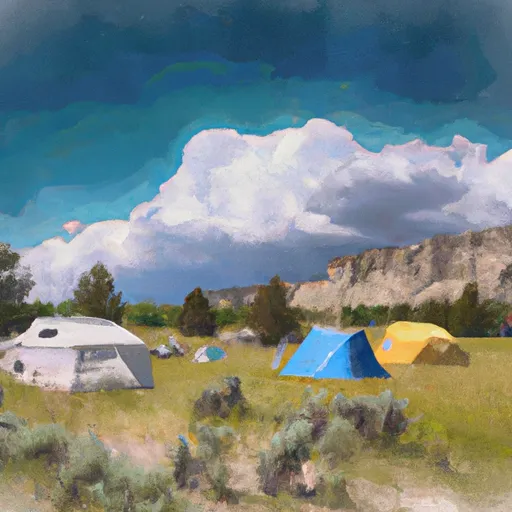 CMC Camp
CMC Camp
|
||
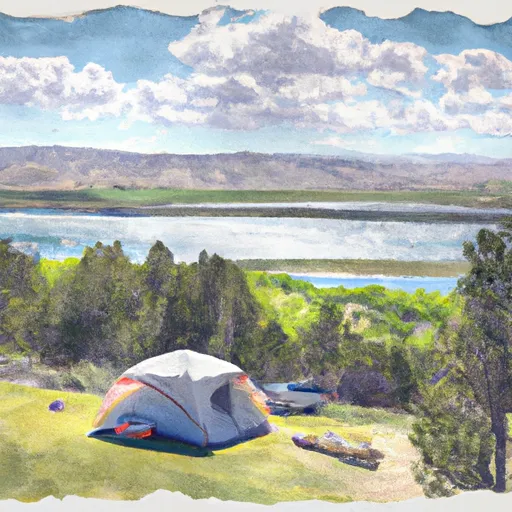 Bearpaw Lake 17A
Bearpaw Lake 17A
|
||
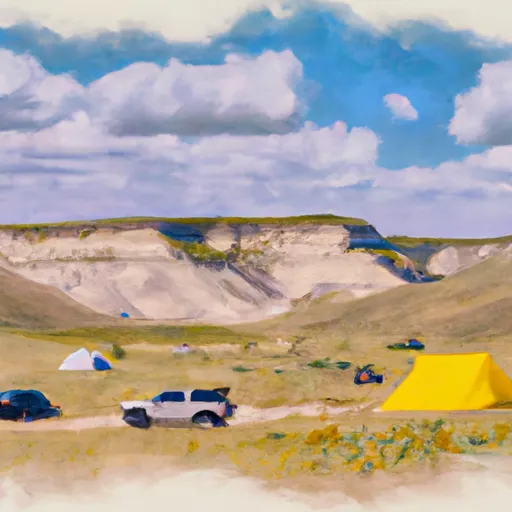 17B
17B
|
||
 Outlier Site
Outlier Site
|
||
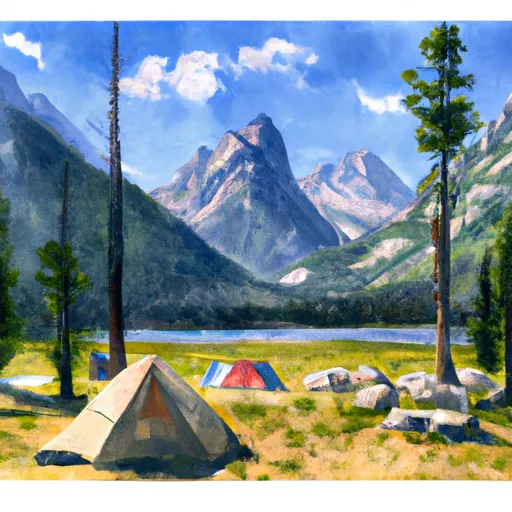 Leigh Lake 15
Leigh Lake 15
|
||
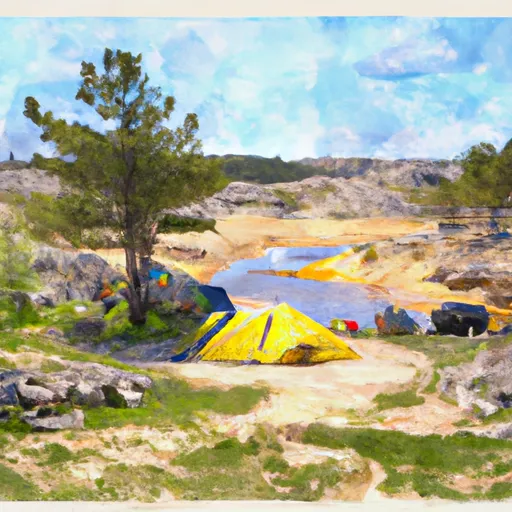 Holly Lake
Holly Lake
|
